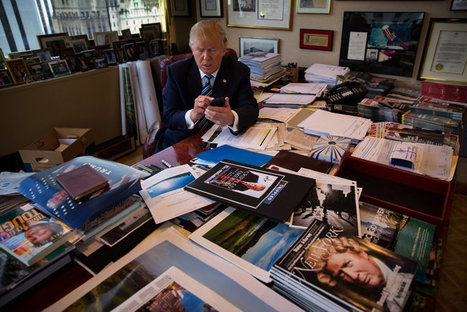We may already be living in a truthless dystopia.
It’s no secret that the professional media is in crisis. But what if the situation is even worse than those of us in the industry thought?
What if vast swaths of the public no longer believe the news on controversial political stories, even when it comes from established media outlets?
What if the public ascribes no value to professional news organizations?
That situation may sound terrifying to journalists and media owners, but we may be heading there quickly.
Researchers at Yale University have found that 40% of the public are now willing to dismiss perfectly accurate stories, regardless of the source. What may be even more disturbing is that articles sourced to a top news brand are perceived to have no more credibility than articles sourced to a joke brand, or none at all.

|
Scooped by Jeff Domansky |



 Your new post is loading...
Your new post is loading...













No easy wins in a world of the fake news and low media credibility.